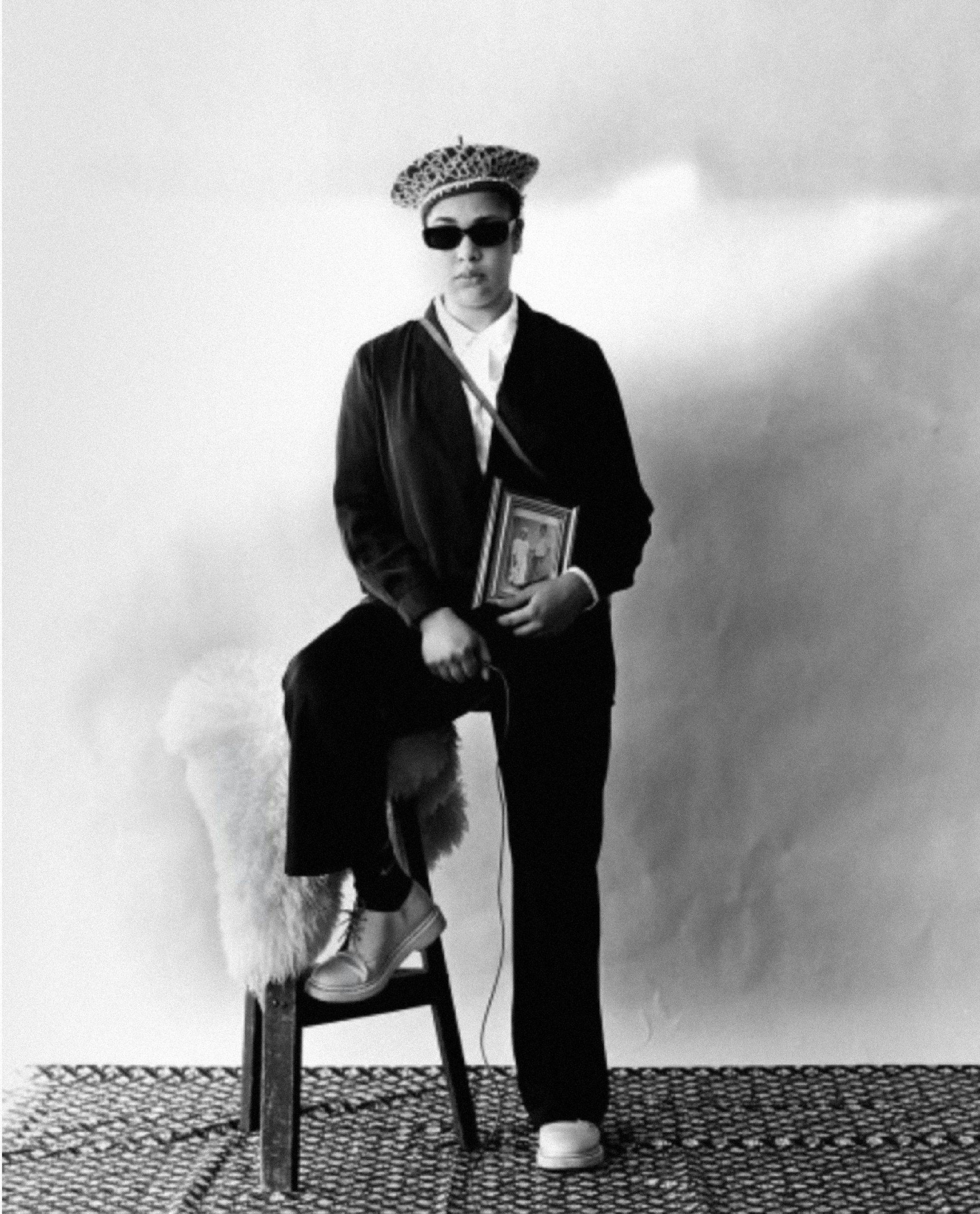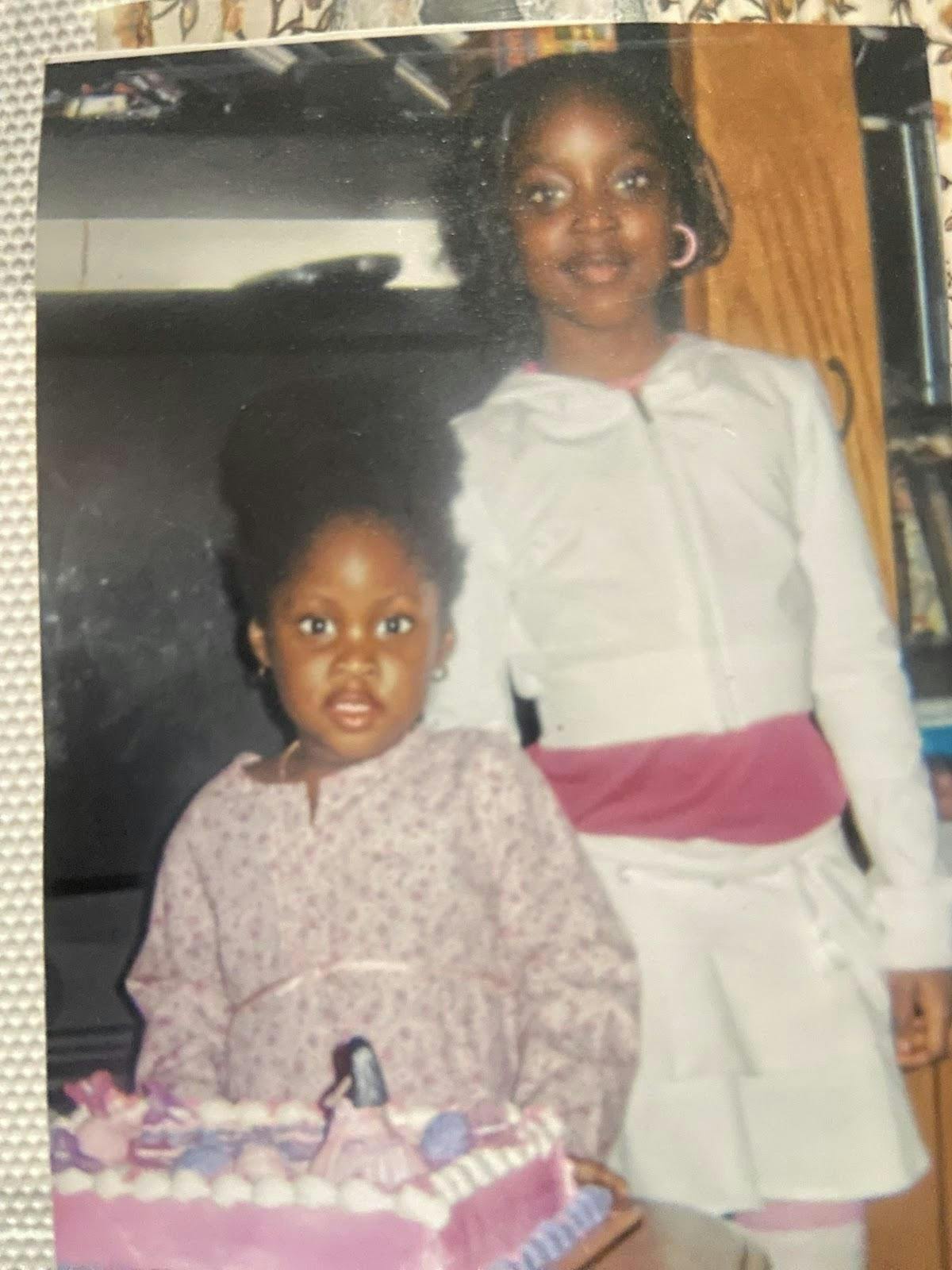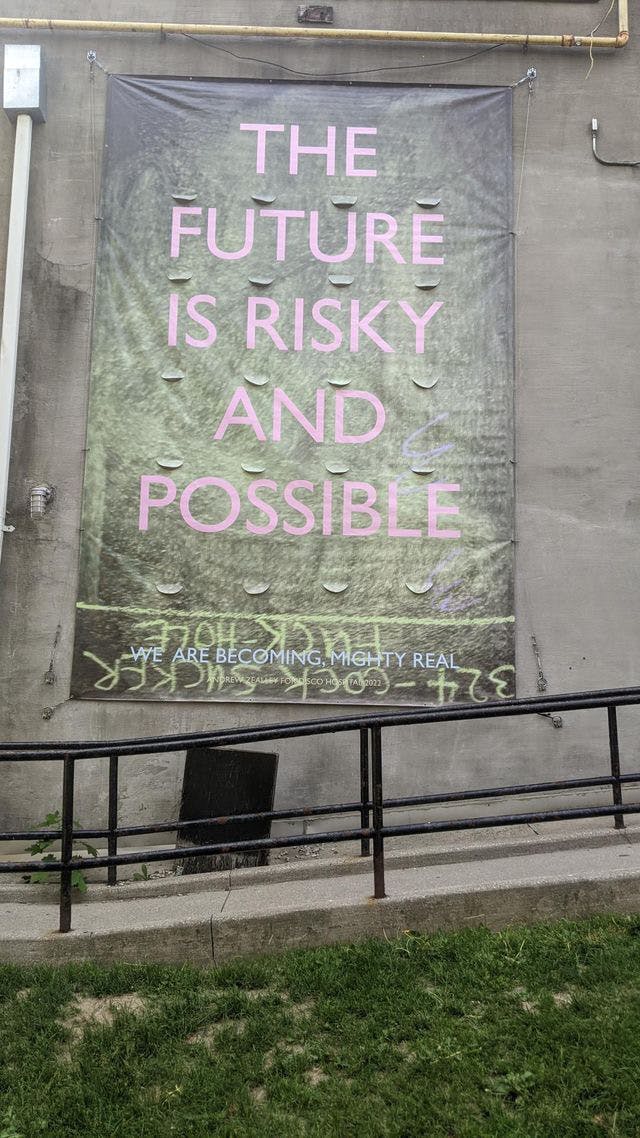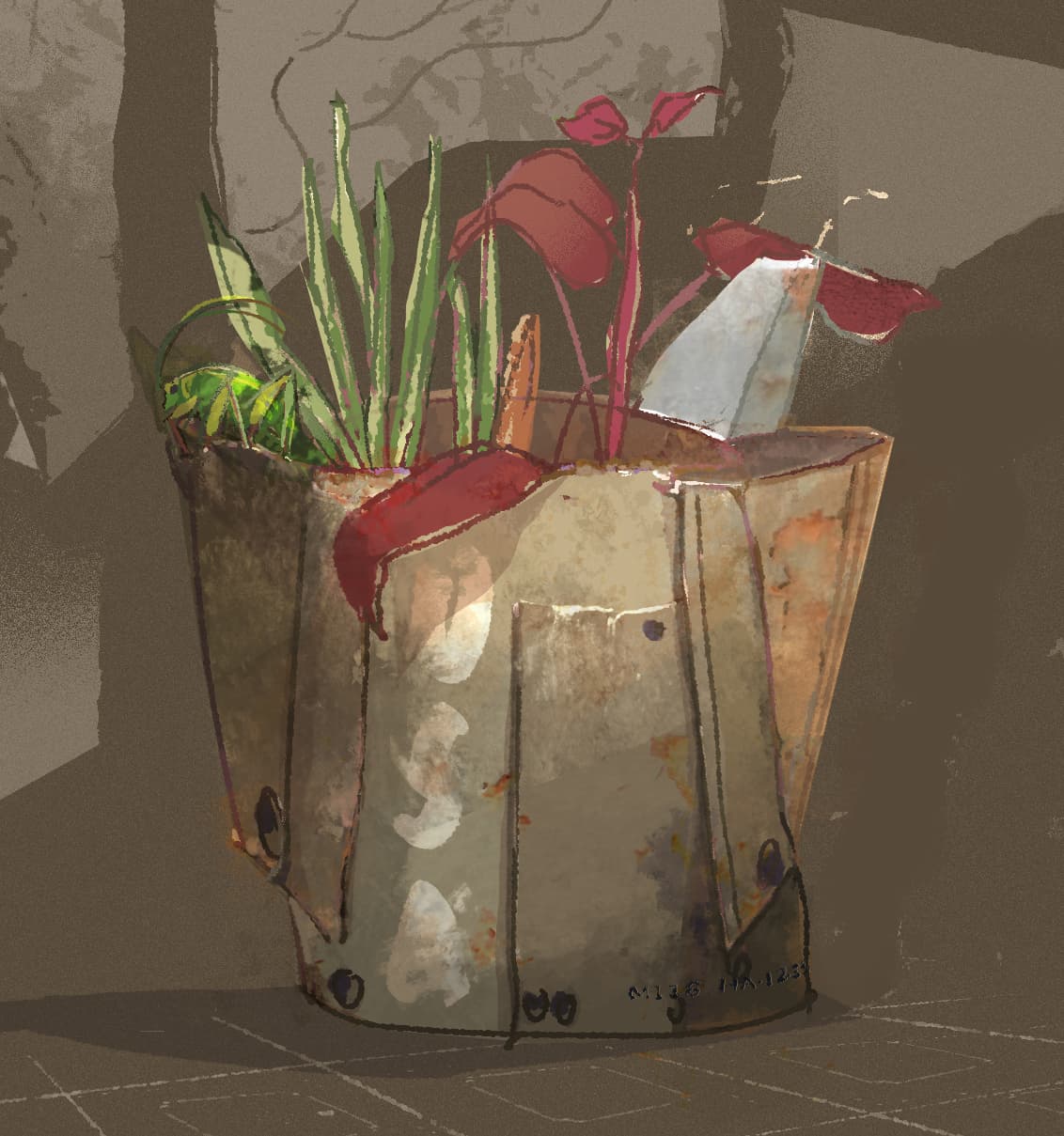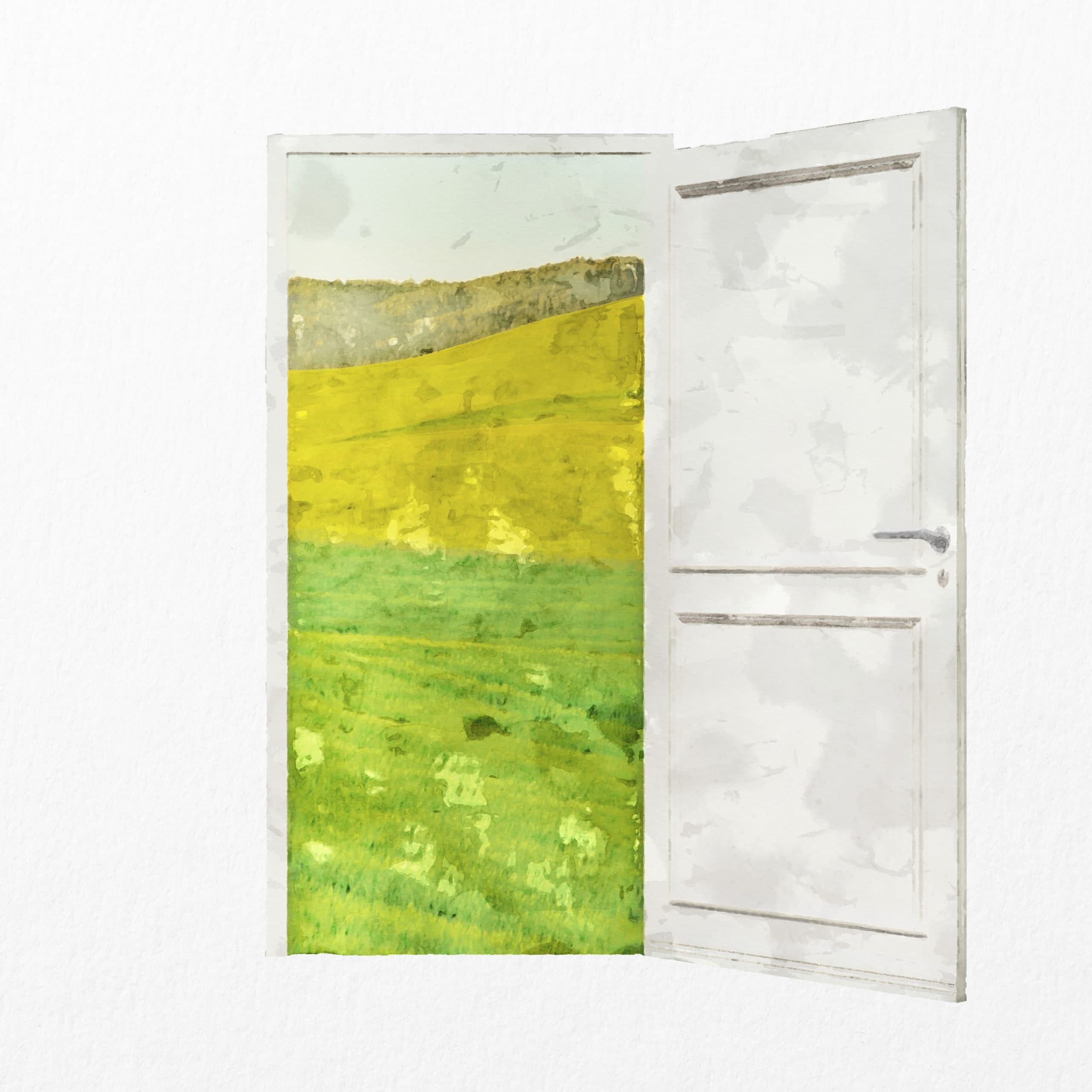Listen

For this issue, Newest invited several artists to compose speculative interviews in conversation with the past. Of course, art is always in dialogue with the past, drawing on the unbroken flow of existence. Our brief was an invitation to take this tacit process and make it explicit: to notate—via Q&A—how time flows through the artist.
Timothy Yanick Hunter’s contribution may be both the most abstract and the most literal response to the prompt. Hunter is here in direct dialogue with: The Past. His interlocutor is Grief, personified.
The poem and song that follow, meditations on the cycles of life and death, are composed of what he reverentially calls “leftovers”—the resonance of ephemeral excerpts, samples that speak to him as they pulse through the world like radio. Hunter gathers. Putting disparate media artifacts into contact, they dialogue with each other. Many of them, he’s saved through years of research and selected for the appropriate moment. These works were created on the occasion of the death of his grandmother.
One has to sustain a tender sensitivity to converse with the past.
Hunter is tapped in, practicing metaphysics through strategies of bricolage. The core conceit of his poem, Oscillations, suggests that a ubiquitous essence, the transitional phase between death and life, comprises everything that is.
The substance of memory binds our physical world. Grief, all the way down.
In the accompanying audio track, Vibrations 2, Hunter textures the ineffable. Dis-integrating us from our corporeal form, the song gives a sense of ultrasonic submersion: what it equally might feel like to be the body as it forms in the womb or resorbs itself back into the universe.





